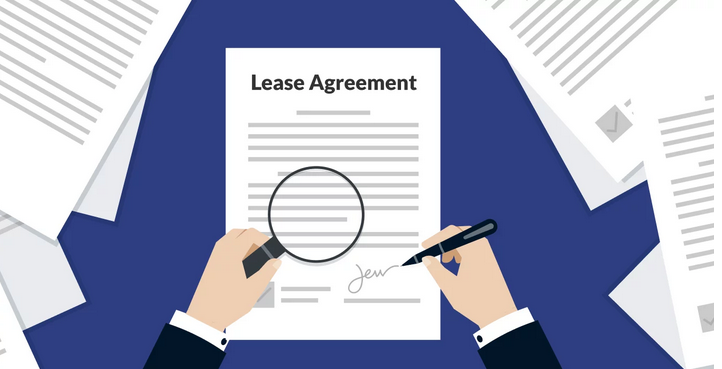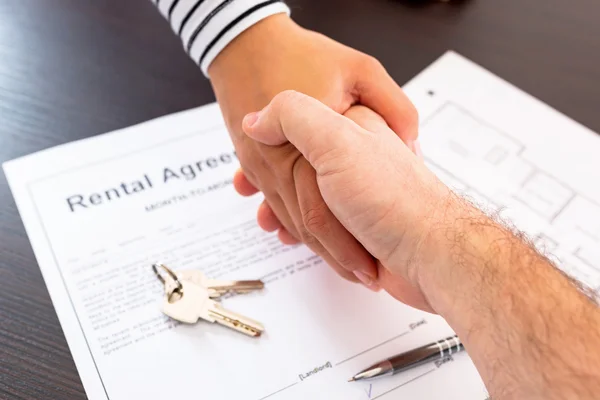
Tenant Protection in Minnesota: Understanding Your Lease Agreement Rights
A minnesota residential lease agreement is an important record that outlines the conditions and terms of renting a property in Minnesota. Regardless of whether you’re a landlord or even a tenant, understanding the essentials of this arrangement is important to guarantee an even and legally binding lease approach. Here’s what you ought to know:
1. Celebrations Included: The lease arrangement typically entails two celebrations: the landlord (house owner) along with the renter (renter). Both sides has to be obviously identified within the deal, such as their contact info and any reps or agents active in the deal.
2. Property Information: The hire needs to include a detailed description of the leased house, such as its address, device number (if appropriate), as well as specific capabilities or amenities included with the hire.
3. Lease Term: This specifies the duration of the lease contract, like the commence day and stop time. It can be a repaired-phrase lease, including six months time or one year, or possibly a month-to-30 days lease, depending on the agreement in between the property owner and tenant.
4. Rent payments Payment Information: The agreement should outline for you the whole hire amount because of, the expected day for payments, appropriate payment strategies, as well as charges for late payments. It may also include information about lease increases throughout the lease contract phrase.
5. Stability Deposit: In Minnesota, landlords can gather a security put in from renters to pay any injuries beyond normal deterioration. The lease should indicate the volume of the deposit, the circumstances for the come back, and any write offs which might be created.
6. Routine maintenance and Maintenance: The duties of the property owner and renter regarding house routine maintenance and repairs must be clearly layed out in the rent arrangement. Including who is responsible for routine servicing activities and improvements resulting from damage or neglect.
7. Regulations: The rent may include certain regulations and rules regarding disturbance ranges, domestic pets, subletting, using tobacco, along with other elements of living in the rental property. Both parties are expected to stick to these regulations through the entire rent phrase.
8. Termination Clause: This portion describes the problems under which either bash can terminate the rent earlier, for example breach of deal or non-settlement of lease. It can possibly include any recognize demands for termination.
9. Authorized Disclosures: Landlords in Minnesota must give a number of legal disclosures to tenants, for example details about lead-centered paint dangers (for attributes built before 1978) and also the privileges and obligations of both sides under state law.
10. Signatures: Lastly, the lease contract arrangement must be authorized and outdated by the landlord and tenant to be legally binding. It’s essential for both sides to see the agreement carefully before you sign and also to keep a copy for his or her data.
In summary, a Minnesota residential lease agreement is a crucial file that safeguards the rights and interests of the two property owners and tenants. By understanding its key factors and ensuring obvious communication between all events engaged, the two property owners and renters can take advantage of an optimistic and hassle-cost-free rental expertise.



